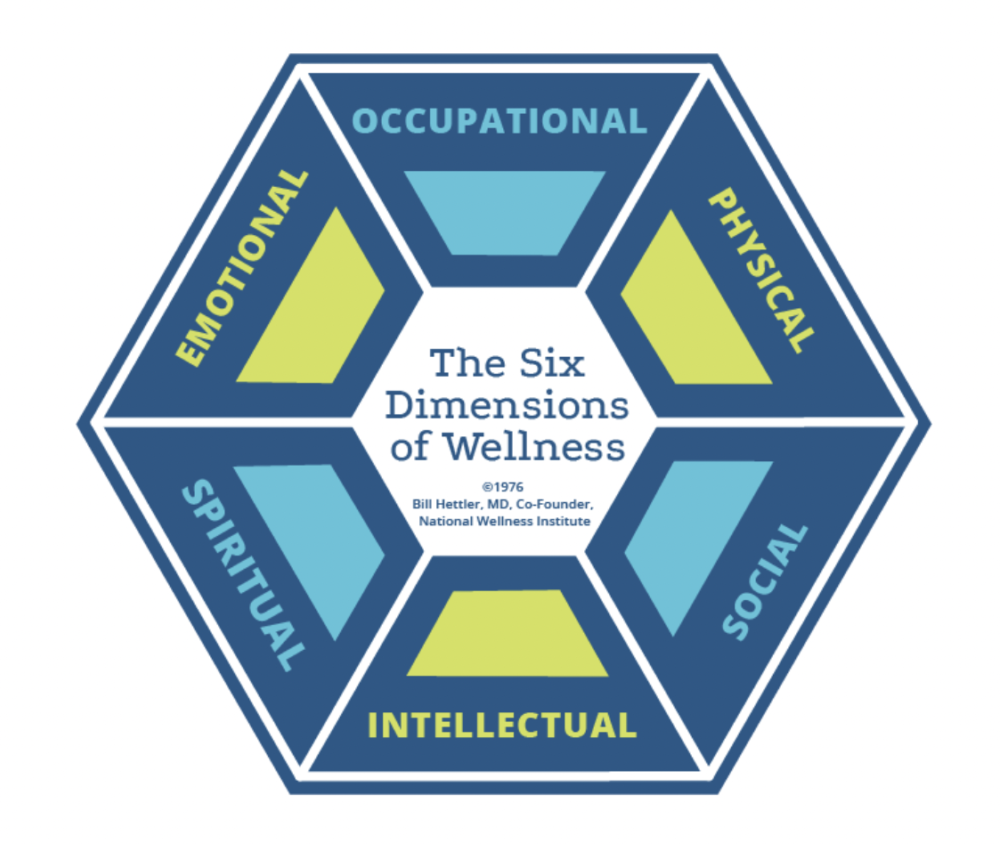Prioritizing Student Wellness: How Online Learning Can Help
As students and teachers head back to school, the conversation around prioritizing wellness is front and center. Many studies have confirmed that symptoms of depression, anxiety, and post-traumatic stress have increased greatly as a result of the pandemic. In the past 18 months, adolescents not only felt the effects of the pandemic, but also the impact of economic challenges, inequities in vaccine distribution, and political tensions around racism, mask mandates, and anti-racist curricula.
Part of GOA's mission is to empower students, and we've learned that online learning, whether standalone or in partnership with in-person learning, can be a powerful tool for supporting wellness. Beyond the most obvious benefits of online learning, like flexible pacing, GOA prioritizes the wellness of our global learners through student agency, belonging, and teacher/peer relationships.
Intellectual Wellness through Student Agency
According to the National Wellness Institute, a dimension of wellness is intellectual wellness, expanding knowledge and skills while discovering the potential for sharing these with others. Shifting toward competency-based learning puts student agency at its core; learners have voice and choice in what, when, where, and how they learn. For example, GOA hosts the Catalyst Exhibition, an online exhibition of student-driven action research projects. Through this inquiry-based approach, students are able to choose their topic, engage with an authentic audience, gather feedback on their project, and learn from each other. Intellectual wellness is cultivated as the message to students is clear: You choose how to make an impact. Whether in an online, in-person, or hybrid learning environment, student agency contributes to intellectual wellness in the voice and choice of every learner.

Emotional Wellness through Belonging
The National Wellness Institute defines emotional wellness as forming relationships with a foundation of mutual commitment, trust, and respect. In order for meaningful learning to occur, students must feel belonging, the ability to show up wholly, and feel they are valued and safe in their learning space. Alejandra Cantu, a GOA faculty member and educator at the American School Foundation of Monterrey, builds a community of belonging with weekly graphic prompts that not only check in on students and their well-being, but also provide a space for students to show up as their authentic selves. Class prompts, such as Start Class With Community Building Conversations, are just one way to help students form relationships, create belonging, and bolster emotional wellness.

Discussion prompt from Start Class with Community Building Conversations
Social Wellness through Teacher/Peer Relationships

Jacob Crowder, a GOA teacher from Brookstone School
Another dimension of wellness is social wellness, the interdependence between others and the power to enhance personal relationships and build a community. Jacob Crowder, a GOA teacher from Brookstone School, follows Carl Rogers’ concept of Unconditional Positive Regard when building relationships with his students. Through Twist and Zoom, he creates an environment that provides students with genuineness, acceptance, and empathy. Here are some ways Mr. Crowder encourages social wellness through the teacher/student relationship:
I ask students to message me the day before they have a big event like a game, play, big test, or presentation. We (the students in the course and I) all celebrate them as a village with good wishes and positive memes.
I do a midweek check-in where I ask everyone to post a picture of themselves holding up the number of fingers they are feeling that week from 1 to 10. If they are a six or below, I jump in and message them to see how they are doing. Another thing we do in our midweek check-ins is post images of us holding up a copy of a positive or affirming quote to remind everyone that they can do whatever it is they are struggling with that day.
I give out two “Happy Checks” per semester. Happy Checks are a quick note of gratitude that is keyed to each student in a small personal way. I try to tell them that I appreciate them and thank them for something specific that I have learned about them along the way.
When I send my big weekly Twist announcement out for the upcoming unit, I require that students respond with a picture of themselves sharing something about their lives and culture. I might ask them to respond with a picture of them eating their favorite snack that they can only get where they live, or one of my favorites is a picture of them sharing a door or window that means something to them. You would be surprised how impactful it is to think about a door or window that you look out each day. It says a lot about who you are and where you are both physically and mentally.
As made evident in the study Adolescent Academic Worries Amid COVID-19 and Perspectives on Pandemic-Related Changes in Teacher and Peer Relations, when students perceive high levels of support (instrumental and emotional aid) from teachers, they report more positive social-emotional well-being as well as greater academic engagement and achievement. Strategies that provide emotional support, online or in-person, create strong teacher-student relationships that go beyond content to create social wellness for students.
Learn more about how you can leverage online learning in support of student wellness by reading 13 Online Strategies for All Learning Environments and Relationships are the Foundation for Online Learning Design.
